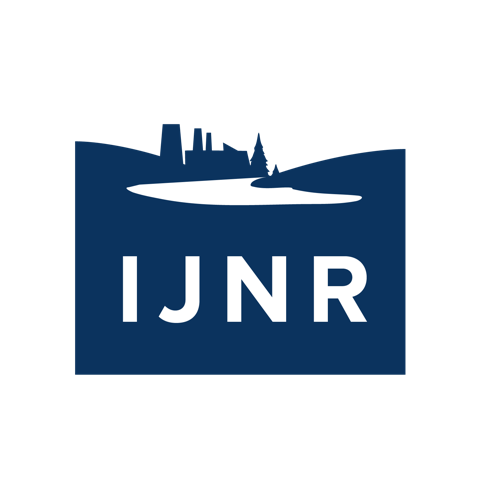Opportunity and Challenge on the Chesapeake Bay
A virtual workshop for journalists
December 12, 2025
11:30 a.m. - 1:00 p.m. (EST)
Register by December 11
A multi-state effort to restore Chesapeake Bay fisheries and water quality began more than four decades ago, but the 2014 Bay Agreement will not meet the targets by its stated 2025 deadline. Stakeholders are now grappling with the Agreement’s future: Where can progress still be made? What’s too late to fix? And how will efforts proceed?
The iconic, complex Chesapeake Bay is North America’s largest estuary. Its six-state watershed is home to large-scale agriculture, industry, and 19 million (and counting) people. Beneath its surface, thriving invasive species raise questions about what, exactly, can even be restored. Meanwhile, the Trump administration has expunged key features of the Agreement, including climate resiliency goals and any suggestion of marginalized communities.
Revisions to the agreement have been published, and it will be important for journalists to understand – and report – what’s next for the Chesapeake Bay. The Institute for Journalism & Natural Resources (IJNR), in conjunction with the Society of Environmental Journalists (SEJ), and with guidance from the Bay Journal, will conduct a short, one-session virtual training program for professional journalists that explores the complicated past and future of the Chesapeake Bay.
Potential topics include:
The future of the Chesapeake Bay Restoration Agreement.
Invasive species and the realities of restoring the Bay’s ecosystem.
How a new federal administration has impacted restoration efforts.
Nutrient loading, water quality and mitigation efforts.
Sea-level rise and disappearing cultural sites.
Speakers:
Karl Blankenship, editor-at-large of the Bay Journal
Donald Boesch, professor and president emeritus, University of Maryland Center for Environmental Science
Fred Tutman, Patuxent Riverkeeper
Unlike most of our programs, participation in this short workshop will be by registration rather than competitive application. Interested journalists may sign up by sending an email to contact@ijnr.org, and we will forward you the registration link.
Questions? Reach us at contact@ijnr.org
Supported by the Society of Environmental Journalists and the Community Foundation of Northern Virginia.



